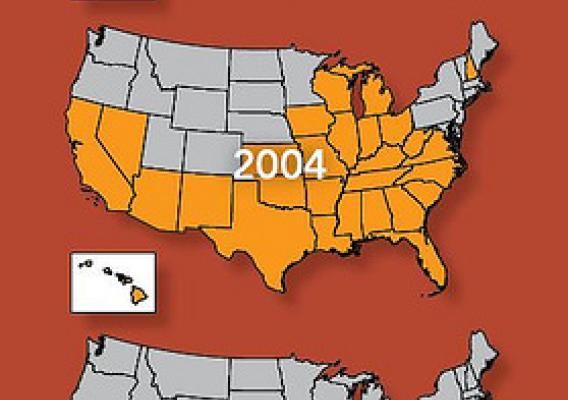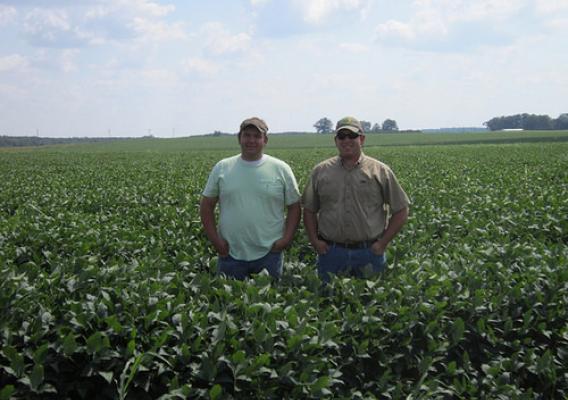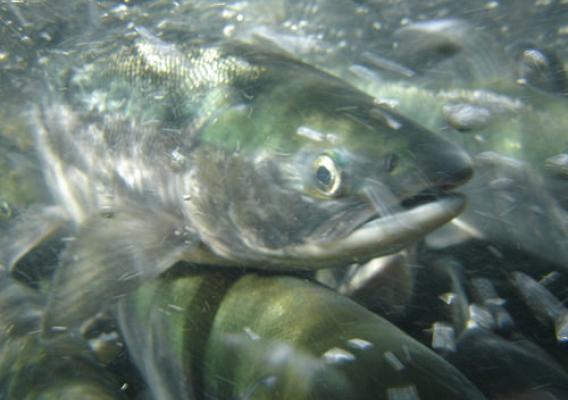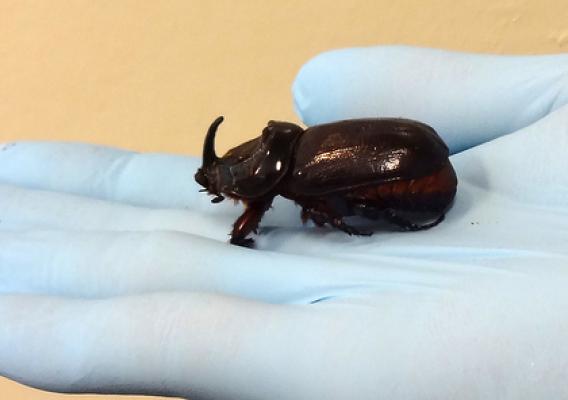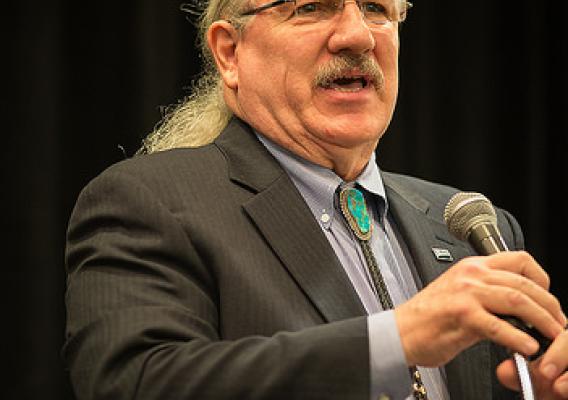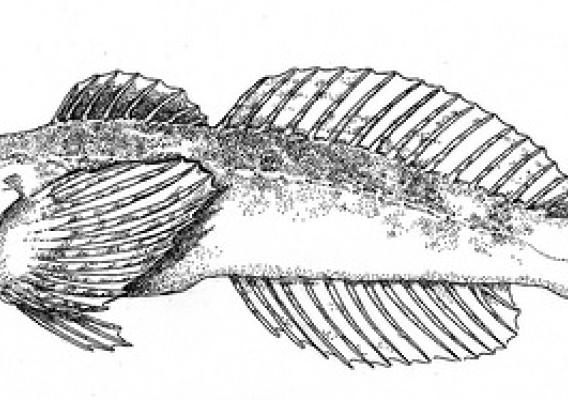This post is part of the Science Tuesday feature series on the USDA blog. Check back each week as we showcase stories and news from the USDA’s rich science and research portfolio.
During the month of April we will take a closer look at USDA’s Groundbreaking Research for a Revitalized Rural America, highlighting ways USDA researchers are improving the lives of Americans in ways you might never imagine. For example, USDA research into behavioral economics as part of nutrition research to improve diet and health.
We’ve heard it all before: you are what you eat. We’re fueled by what we consume, so it’s important to provide our bodies with nutritious food. That’s why the agencies within USDA’s Research, Education, and Economics (REE) mission area brought together some of the brightest minds at the Federal Government Nutrition Research Workshop last month. USDA Scientists joined forces with scientists and policy makers from other USDA agencies, Health and Human Services agencies, the White House Office of Science and Technology Policy and the U.S. Agency for International Development to discuss the importance of nutrition research.

